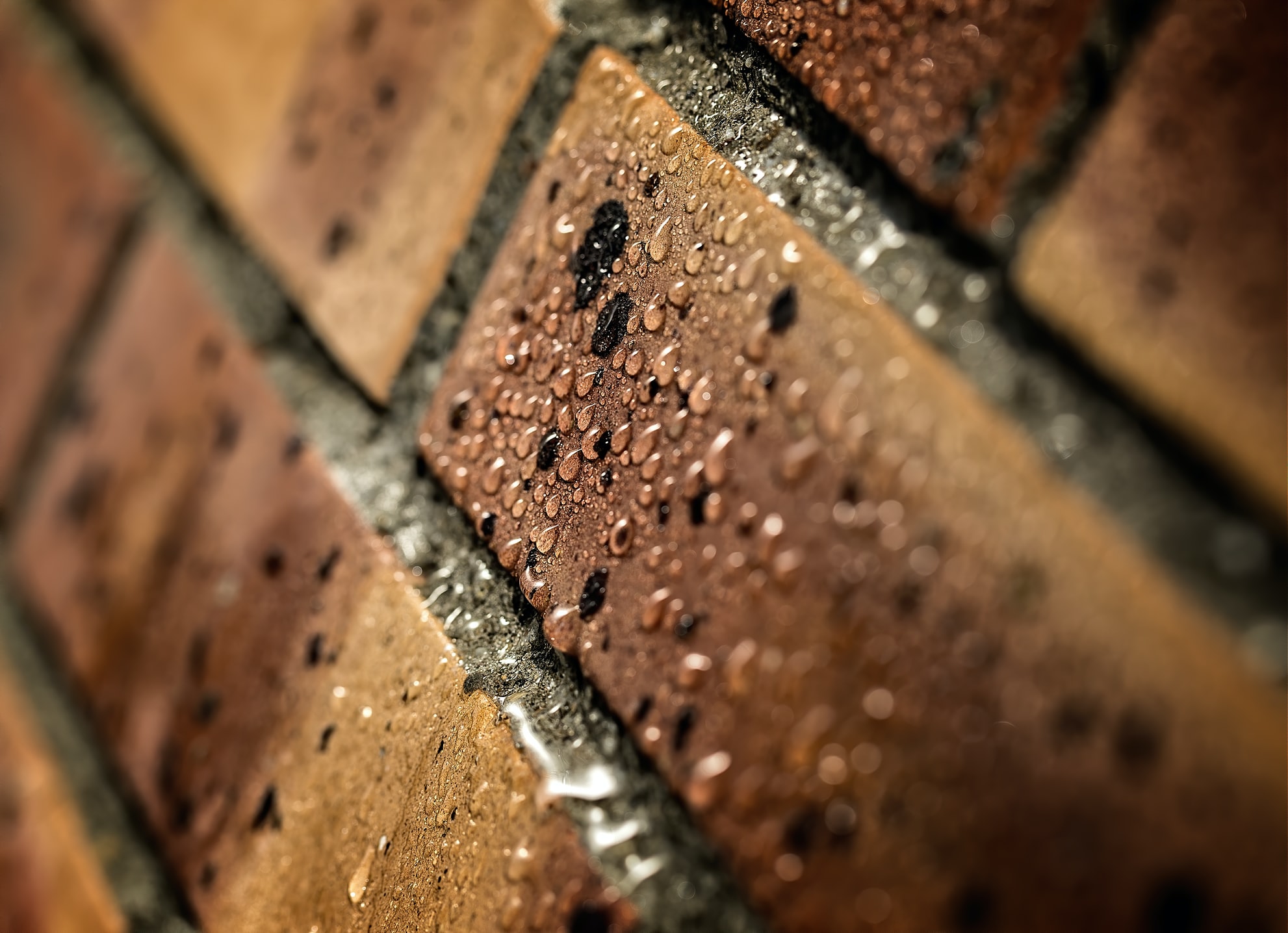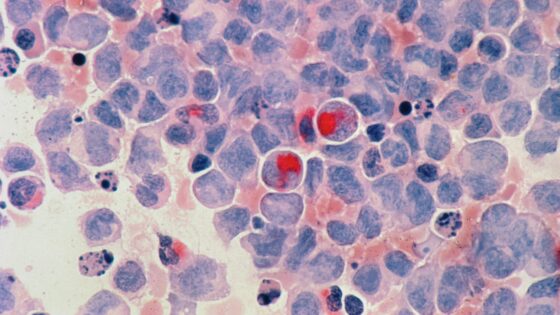
Credit: Unsplash
Like water off a duck’s back.
The term “hydrophobic,” in the context of chemistry, refers to materials and chemicals that naturally repel water or other liquids. Researchers have made some impressive strides in the last couple of decades in the field of hydrophobic treatments, creating surfaces that almost completely repel any water thrown at them. The problem is that hydrophobic treatments can be costly, and can contain potentially harmful chemicals. Thanks to some researchers from Simon Fraser University, though, this hiccup may have been cured.
Back in 2016, two students working under SFU chemistry professor Hogan Yu accidentally left a bottle of reagent open for a few days. When they tested the aged reagent, though, they found that it had matured into a surprisingly effective waterproofing agent. “At the time we believed the extended air exposure led to the degradation of the reagent, which inspired Lishen to explore an unconventional reaction that is now critical to our coating technology,” said Yu.
Since then, Yu and his students have been further developing the agent, and recently reached a stable version that is not only extremely proficient at keeping water from soaking into materials like fabric, wood, metal, and glass, but it’s also dirt cheap to produce and contains no harmful compounds.
“Since the method to produce this waterproofing solution is simple and low-cost, the production can also be easily scaled up for industrial and commercial applications,” Yu explains.
The research team is currently looking for prospective business partners to market the agent. In addition to creating truly waterproof clothing, they believe the agent could be used to create stain-resistant coating for metals, waterproof paint, and membranes to separate water from oil.































